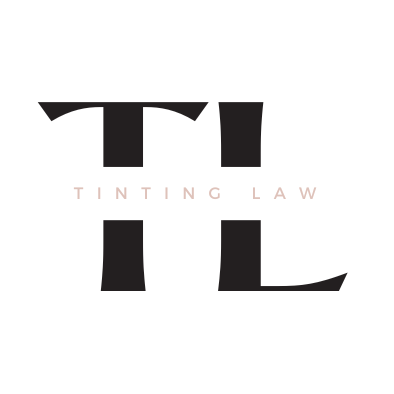Car tinting is not just about enhancing the aesthetic appeal of your vehicle. It also offers protection from the sun’s harmful UV rays, reduces glare, and provides added privacy.
However, in Alabama, as in many states, there are specific regulations governing the use of window tints to ensure road safety and law enforcement visibility.
Here’s a comprehensive guide to understanding these laws:
1. Front Windshield:
- Tinting is allowed on the top 6 inches of the windshield.
- The tint must be non-reflective.
2. Front Side Windows:
- Must allow more than 32% of light in.
- Reflectivity should not be more than standard windows.
3. Back Side Windows:
- For cars, the tint must allow more than 32% of light in.
- For SUVs and vans, any darkness can be used.
- Reflectivity should not be more than standard windows.
4. Rear Window:
- For cars, the tint must allow more than 32% of light in.
- For SUVs and vans, any darkness can be used.
5. Side Mirrors:
- If the rear window is tinted, dual side mirrors are required.
6. Restricted Colors:
- In Alabama, the colors Red and Amber are not allowed for window tinting.
7. Medical Exemptions:
- Alabama law provides exemptions for certain medical conditions that require protection from sunlight. Individuals seeking an exemption must have certification from a licensed physician.
8. Certification Requirements:
- Tint film manufacturers need to certify the film they sell in Alabama. Ensure you ask your installer if they are using certified film.
9. Sticker Requirements:
- A sticker identifying legal tinting is required between the film & glass on the driver’s side window.
10. Penalties:
- Non-compliance with Alabama’s tinting laws can result in fines and penalties. It’s essential to ensure your vehicle meets the state’s regulations to avoid any legal complications.
Note: This article provides a general overview of Alabama’s car tinting laws as of my last update in 2022. Always consult the latest state regulations or a legal professional to ensure accuracy and compliance.
